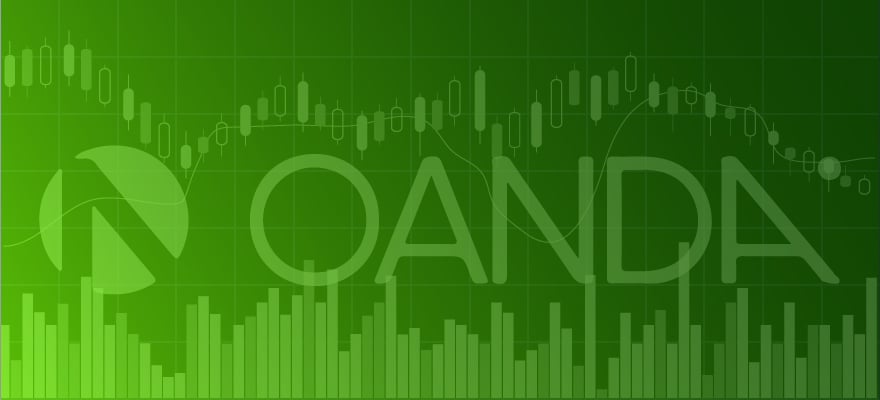Gain Capital published summary of its Q3 2011 quarterly report few weeks ago showing a healthy increase in revenues. Few days ago Gain submitted the full report to the SEC showing several interesting developments. For instance Gain disclosed how much was paid for dbFX's clients and that it received regulatory approval to operate in Hong Kong. In its presentation to investors Gain also showed distribution of its retail trading volume.
- In April 2011, the Company acquired customer account balances and effective customer agreements from Deutsche Bank AG, relating to Deutsche Bank’s “dbFX” business, for an upfront payment and additional contractual future Payments to be made to Deutsche Bank based upon volume generated from the acquired customers over a two-year period following the closing of the acquisition. The Company also acquired a marketing list from Deutsche Bank and agreed to make certain payments to Deutsche Bank if new customers are obtained from such list over the same two-year period. The future payments are considered a contingent liability and the Company marks to market the liability on a quarterly basis. The preliminary fair value of the assets acquired was $9.7 million and approximately $4.8 million was allocated to the customer list, $3.4 million was allocated to the marketing list and $1.5 million was allocated to a non-compete agreement. The portions allocated to customer list and marketing list are being amortized over their useful lives of six years. The portion allocated to the non-compete agreement, an intangible asset, is being amortized over its useful life of two years. As of September 30, 2011, the fair value of the contingent liability was determined to be $6.9 million.
- During the third quarter of 2011, we received approval in Hong Kong to begin offering Forex and CFD trading directly to customers in Hong Kong.
- Distribution of Gain Capital's retail volume:

Few insights:
- American volume dropped by more than 40% from 2010! This must be mostly to regulatory cap on maximum leverage as well as increased competition and stagnation in local market's growth.
- Asian market on the other hand grew by astonishing 135% and overcompensated the drop in volumes from Americas.
- European market grew moderately by 31%.
- This reinforces my conclusions published on the pages of this blog and in the quarterly report: American market is exhausted, Europe is about to and the future of retail forex growth is in Asia.
Gain vs FXCM:
This volumes chart invites a comparison to FXCM's published retail forex geographical distribution of Q2 2010/2011 volume (althought it's hard to exactly compare them as FXCM puts Europe and Middle East in same segment while Gain doesn't even mention Middle East):

Looks like volume is distributed much differently between the two brokers who operate very similarly and almost in identical markets.
- Americas share of Gain's volume is more than three times FXCM's - 31% versus 9%.
- FXCM's EMEA region is about 30% of its volume while Gain's European volume is half of that.
- Interesting enough is that Asia Pacific volume for both brokers represents about 50% of their volume. Forex Magnates latest brokers volume survey puts Japanese volume at 40% of the global retail volume.
note: Gain counts Middle Eastern volume within Asian one, while FXCM counts European and Middle Eastern in MENA. So real comparison can only be made for Americas and ROW.
Click here to access your latest copy of the Forex Magnates Retail Forex Industry Report.













